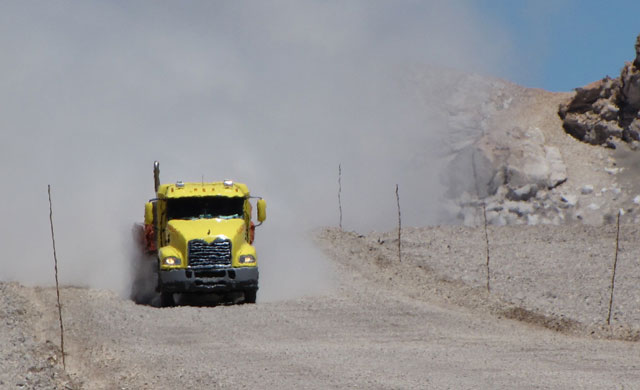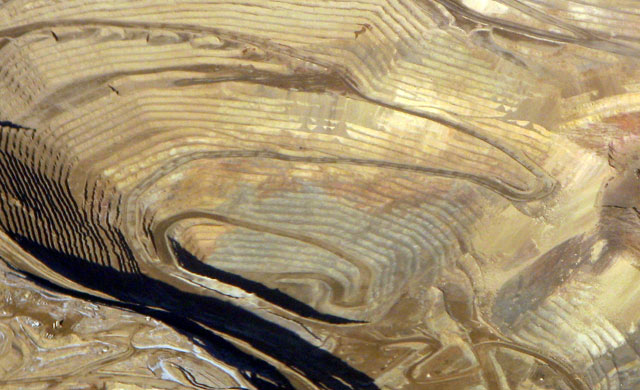Karelian Diamond Resources Plc (LSE:KDR) announced successful initial results from a sampling programme on its Riihivaara target on Friday, prompting a 13.3% rise in shares to 2.125 p by the mid-afternoon.
Sampling Operation Overview
Following a basal till sampling programme on the target, which is located in the Kuhmo area near the company’s diamondiferous Seitapera kimberlite pipeline in Eastern Finland, the company determined that it is very likely that the Riihivaara will yield results.
The sampling programme resulted in the discovery of twelve garnet sample indicator minerals, including three G10s, five G9s, one G4, one G3, and two G1s. The company indicated that six of these results were found in one drill sample.
How the Garnets are Used
The garnet samples and other minerals derived from the mantle that are used to find kimberlites are known as indicator minerals. Many of these indicator minerals are created under the same conditions that yield diamond production in the ultrafamic mantle rocks that lie under the earth’s crust, making them a good predictor of the presence of diamonds. According to the company, there is a strong statistical connection in the Riivahaara between the presence of G10 and certain G9 garnets and the presence of diamonds.
Geological Survey of Finland
The survey was undertaken by the Geological Survey of Finland (GTK) on the behalf of Karelian in coordination with the company’s staff.
Dr. Hugh O’Brien, a specialist in diamonds with the GTK commented on the sample findings:
“G3 (eclogitic) and G4 (pyroxenitic) garnets are very unusual for eastern Finland. It is surprising to find eclogite-derived grains in this area, because the kimberlites found to date in the Kuhmo-Lentiira-Kostomuksha area are very poor in eclogite component, being rather much more dominated by peridotite indicators.”
Chairman of Karelien Comments:
Professor Richard Conroy, Chairman of Karelien Diamond Resources commented on the news:
“I am very pleased with the latest sample results which show a strong correlation with the presence of diamonds and the discovery of eclogitic material which tends to be associated with higher diamond grades, both very positive indicators.”


 Hot Features
Hot Features













